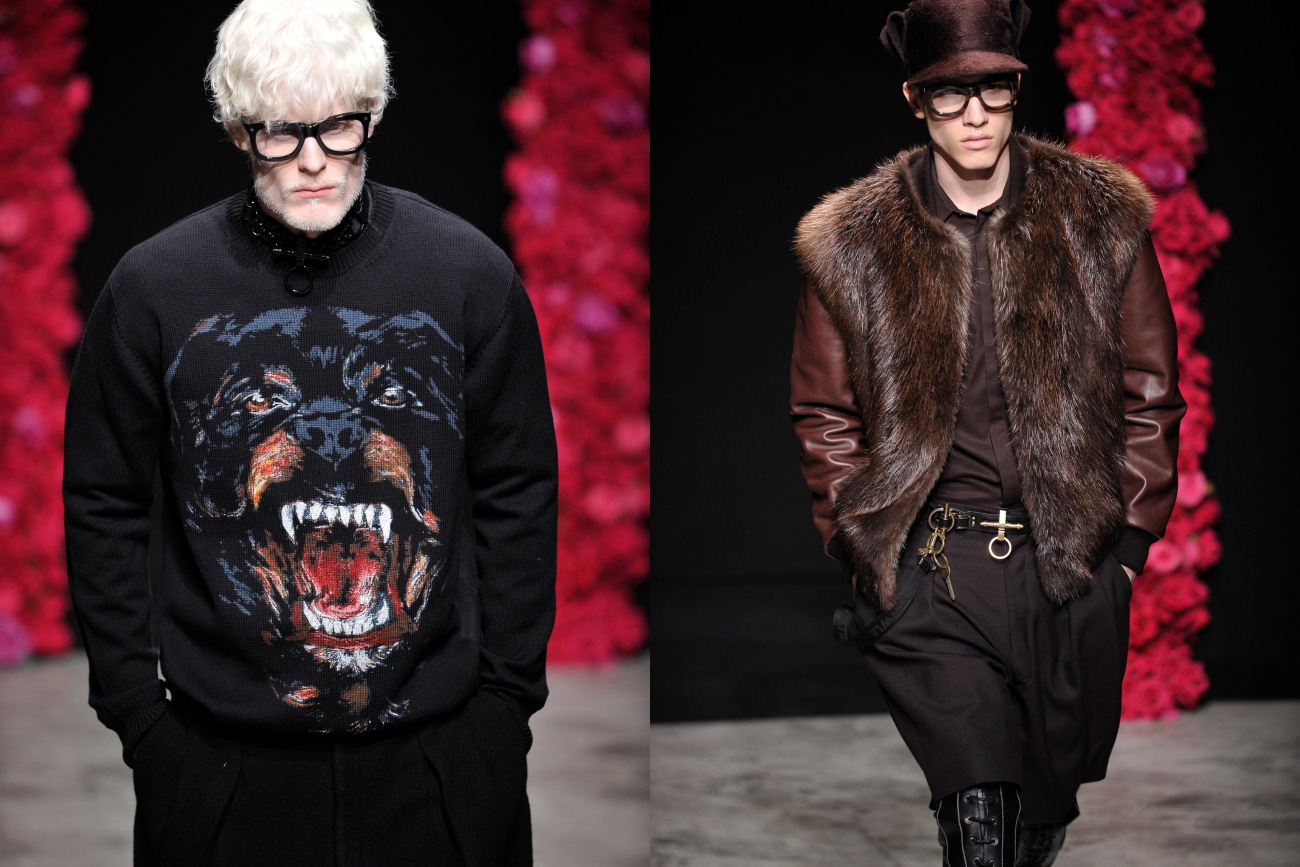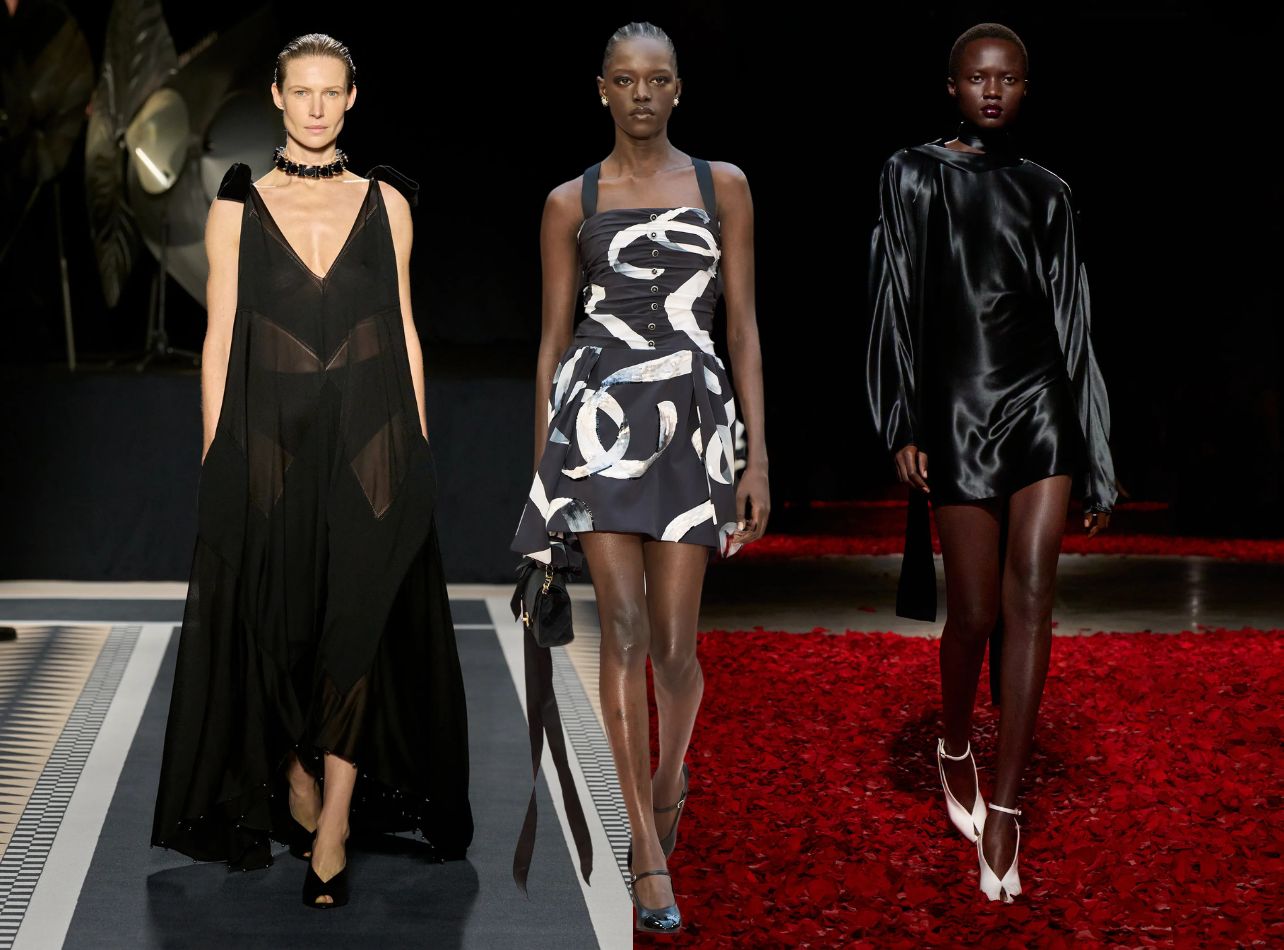Roy Halston Frowick, known mononymously as Halston, occupies a singular place in the history of American fashion. Emerging in the 1960s first as a prodigious milliner, Halston soared into prominence by designing the iconic pillbox hat worn by Jacqueline Kennedy at John F. Kennedy’s 1961 inauguration. However, it was his evolution into womenswear that allowed him to form the foundation of what would become an indelible legacy. Halston spoke the language of modernity, fluidity, and understated glamour—qualities that redefined the American aesthetic and forever shifted the trajectory of the fashion industry.
Minimalism as Innovation: The Language of Simplicity
Before Halston, American fashion was dominated by haute couture, where opulence and elaborate adornment were the hallmarks of luxury. Halston challenged these established norms, pioneering a minimalist aesthetic that honored the human form and rejected unnecessary ornamentation. His signature creation was the bias-cut dress—a design that not only hugged a woman’s figure but appeared to set it free. Employing materials like ultrasuede, jersey, and chiffon, Halston crafted apparel that flowed, swayed, and felt airy on the wearer. This groundbreaking shift in materials and silhouette defined a new kind of practical luxury, distinguished by its comfort and sophistication.
Numerous fashion historians cite Halston’s 1972 ultrasuede shirtwaist dress as a watershed moment. Its simple cut, machine-washable fabric, and democratized style found favor with every echelon of society, selling in tens of thousands. By integrating ease into luxury, Halston set the stage for every subsequent wave of American sportswear and minimalism, influencing designers from Donna Karan to Calvin Klein.
The Halstonettes: Inclusivity and Portrayal
It’s possible that no other designer of his time fostered a more encompassing persona than Halston. His workshop and social group, known as the “Halstonettes,” showcased a forward-thinking perspective on inclusivity within the fashion world. He outfitted a diverse group of models and inspirations—including Pat Cleveland, Alva Chinn, and Beverly Johnson—long before the broader industry adopted diversity. Halston’s presentations, frequently held in cozy venues or at the Pierre Hotel, highlighted the distinct qualities and elegance of these women, presenting a fresh and accessible standard of beauty to the public. This method not only elevated rising supermodels but also established a cultural benchmark for diversity as crucial to the vitality of fashion.
The Studio 54 Period: Reshaping Opulence and Star Status
The partnership between Halston and the nightlife of Studio 54 in the late 1970s is legendary. He understood the power of association, and artfully melded fashion with celebrity culture. Dressed in his designs, stars like Liza Minnelli, Bianca Jagger, and Elizabeth Taylor embodied an aspirational lifestyle associated with freedom, hedonism, and glamour. Halston’s clothes became synonymous with the disco era—fluid, shimmering, and sensuous, perfectly attuned to the mesmerizing nightlife of the time.
This convergence of brand and celebrity would shape American fashion for many years. Contemporary designers often view Halston as the quintessential example of establishing a lifestyle brand inextricably linked to entertainment, renown, and media.
Commercial Innovation: Licensing and the Genesis of Lifestyle Branding
Beyond mere aesthetics, Halston blazed a trail in the realm of licensing, establishing a novel framework for brand growth. A pivotal moment arrived in 1983 with his groundbreaking $1 billion licensing agreement with J.C. Penney, marking a monumental transformation. Halston became the inaugural prominent designer to introduce haute couture to the mass market, foreshadowing today’s partnerships between upscale brands and retail behemoths like Target or H&M.
However, the inherent dangers of widespread licensing became evident as Halston’s elite clientele turned away from the designer, perceiving his move as a “descent into the mass market.” This ultimately led to his removal from his own brand—a situation often referenced in business education as a cautionary example. Consequently, Halston’s professional journey serves as a crucial case study on the intricate equilibrium between maintaining exclusivity and achieving broad appeal in fashion branding.
Contemporary Reverberations: Halston’s Enduring Impact
Today’s fashion world—steeped in minimalism, inclusivity, celebrity, and democratized luxury—traces much of its DNA to Halston’s breakthroughs. The resurgence of archival Halston garments on red carpets, the cinematic adaptations of his life, and continuous homages from leading American designers indicate a robust, evolving relevance. Brands increasingly embrace the lessons Halston taught: the value of quality refinement, the potency of media synergy, and the imperative of representing diverse customers.
Fashion’s shifting landscape, toward both sustainability and accessibility, owes a debt to Halston’s early advocacy for functionality without compromise. His aesthetic persists in the draped gowns of emerging designers; his business strategies echo in modern collaborative collections; his belief in diversity has become not just celebrated, but expected.
Halston’s Enduring Signature
Halston’s narrative chronicles a forward-thinker who foresaw—and often initiated—every significant shift in American style. His minimalist approach provided liberation; his efforts to make luxury accessible promoted broad participation; his marketing brilliance redefined the potential of a fashion brand. The clothing he designed transcended fleeting fads; they evolved into lasting emblems of confidence and contemporary American identity. Within the ongoing progression of fashion, Halston’s legacy continues to inspire and educate, influencing successive eras and underscoring the lasting impact of elegance, openness, and pioneering spirit.





